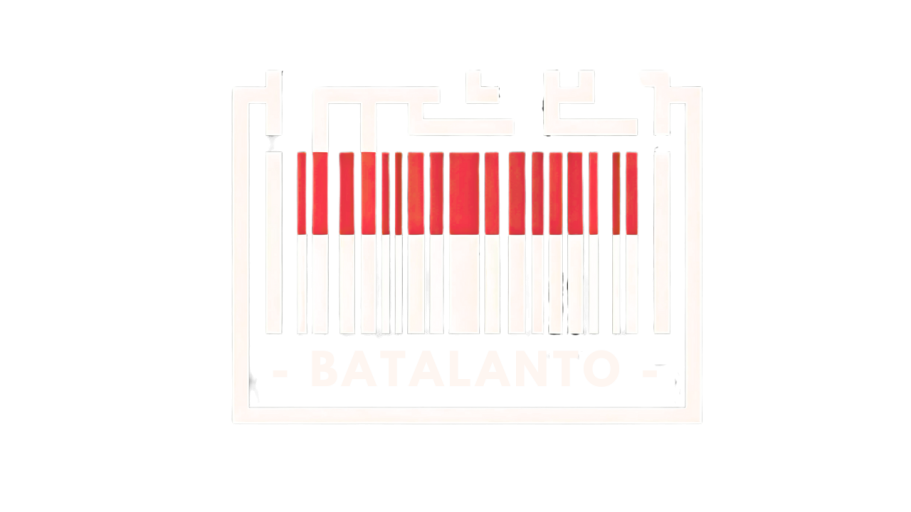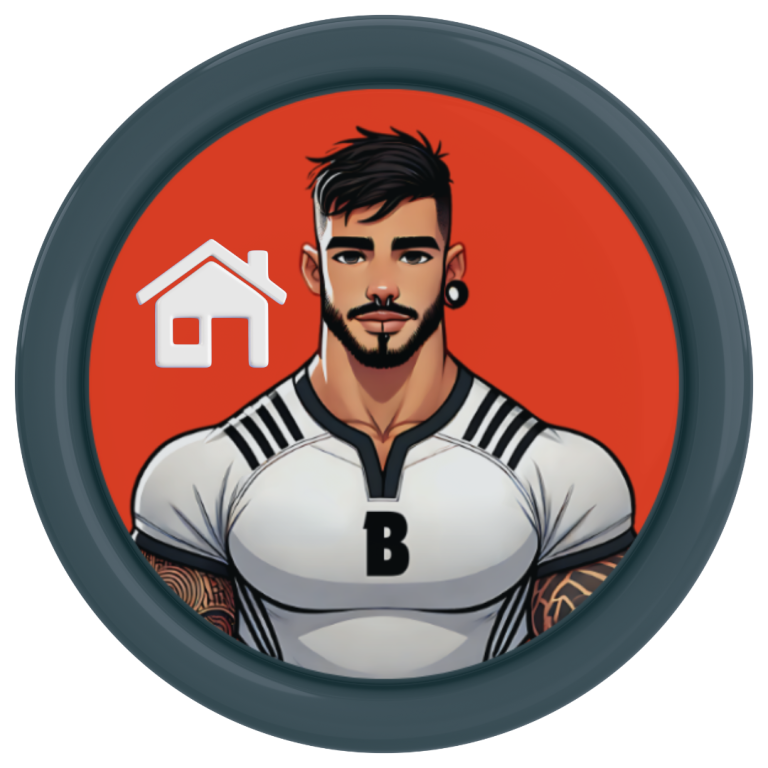Discrimination
Discrimination, whether based on sexual orientation, race, gender, religion, or other factors, continues to impact individuals and communities. It creates real barriers to equality and opportunity. For LGBTQ+ individuals, this can be particularly complex, as discrimination often intersects with other forms of social inequity, compounding challenges in areas like health, education, and employment.
Discrimination has a long and complex history, often woven into the fabric of our societies. Think of historical examples like discriminatory housing policies or workplace inequalities. While progress has been made with advancements like marriage equality and increased visibility for marginalized groups, discrimination persists. It can show up in subtle ways, like unconscious bias, microaggressions, or systemic barriers that are harder to identify and address. Tackling discrimination is about more than just fairness; it's about creating a society where everyone has the chance to thrive. It's also important to recognize that discrimination can have a significant impact on both mental and physical health, limiting access to resources and opportunities.
By recognizing and actively challenging discrimination, we can create a fairer future. A future where everyone, regardless of sexual orientation, race, gender, or background, can live with dignity, free from prejudice and exclusion.

Standing Against Discrimination: A Path to Equality for Gay Individuals
Why Tackling Discrimination Matters
Discrimination against gay individuals is not just a personal injustice—it’s a societal failure. It undermines the core principles of equality, fairness, and human dignity. Addressing it is about more than righting historical wrongs; it’s about shaping a future where everyone, regardless of who they love, can live authentically without fear.
The fight against discrimination has seen incredible milestones—from the decriminalization of homosexuality in many nations to the legalization of same-sex marriage in progressive societies. But challenges persist, as stigmas linger and discriminatory practices endure in workplaces, healthcare, and public spaces. Tackling these issues benefits everyone, building stronger, more inclusive communities.
Discrimination against LGBTI people doesn’t only harm individuals—it affects society as a whole. Studies show that LGBTI discrimination costs EU countries up to 1.75% of their GDP annually through lost productivity, increased healthcare expenses, and more. Addressing these issues is both a moral and economic necessity.
The Changing Landscape of LGBTI Rights:
Challenges, Progress, and the Path Ahead
Around the world, LGBTI individuals face a wide range of experiences, from legal equality and social acceptance to harsh discrimination and violence. In at least 67 countries, consensual same-sex relationships are illegal, with six of these imposing the death penalty. Meanwhile, other countries pass laws restricting LGBTI visibility and expression, such as so-called “homosexual propaganda” laws. These laws fuel homophobia and hate crimes, creating a hostile environment for LGBTI people.
In contrast, the European Union (EU) has built one of the most advanced legal systems for protecting LGBTI rights. The EU has been a strong advocate for equality on the world stage, but within its borders, the experiences of LGBTI individuals are mixed. This page will explore the progress, ongoing challenges, and future of LGBTI rights in Europe and beyond.
Understanding Discrimination: What It Looks Like
Discrimination against gay individuals takes many forms:
- Systemic Discrimination: Unequal policies in employment, housing, or healthcare.
- Social Discrimination: Negative stereotypes, exclusion, and judgment in communities or workplaces.
- Legal Discrimination: In some countries, laws still criminalize same-sex relationships or deny basic rights like marriage and adoption.
- Microaggressions: Everyday slights or dismissive comments like “You don’t look gay.”
The Global Picture: Criminalization and Progress
In many parts of the world, LGBTI individuals face severe discrimination. Criminalization of same-sex relationships, hate speech, and physical violence are still common. On the other hand, international organizations, including the EU, are pushing for change.
For example
- The EU led a declaration at the United Nations calling for the global decriminalization of homosexuality.
- Advocacy groups and human rights campaigns continue to fight against discriminatory laws and practices.
While progress is being made, challenges remain widespread, especially in countries where being openly LGBTI is punishable by law.
The Impact of Discrimination on Gay Individuals
Discrimination isn’t just hurtful—it’s harmful. It affects mental health, economic stability, and community cohesion.
- Mental Health: Studies show that LGBTQ+ individuals are significantly more likely to experience anxiety, depression, and suicidal ideation due to stigma and exclusion.
- Economic Toll: Workplace bias limits opportunities, often leading to underemployment or economic instability.
- Social Isolation: Fear of judgment or rejection can drive people to conceal their identity, cutting them off from support networks.
But amidst these challenges are stories of resilience. Communities have come together to fight back, creating safe spaces and advocating for change, proving that adversity can spark transformation.
LGBTI in the EU: Progress and Challenges
The reality on the ground for our legal and social protections vary widely:
- Advancements: Countries like Malta and Iceland top the Rainbow Map for their robust anti-discrimination laws, marriage equality, and bans on harmful practices like conversion therapy.
- Setbacks: On the other end, nations like Russia and Azerbaijan continue to criminalize LGBTQ+ identities, exacerbating risks of violence and exclusion.
The progress we see today is largely due to tireless advocacy by LGBTQ+ groups. However, the fight isn’t over. Even in progressive countries, gaps remain—such as a lack of full legal recognition for same-sex families in some regions.
Many LGBTI individuals still face discrimination in daily life.
For example:
- At work: 21% of LGBTI respondents reported discrimination in 2019.
- In public spaces: 58% experienced harassment, up from 45% in 2012.
- Visibility: While 52% of respondents over 18 are open about their identity, 61% avoid holding hands with a same-sex partner in public due to fear of harassment.
- Transgender and intersex individuals face even higher rates of discrimination and violence compared to other LGBTI groups.
But it is also important to show the highlights
- In 2021, the EU declared itself an “LGBTIQ Freedom Zone” in response to anti-LGBTI actions, such as Poland’s creation of “LGBTI-free zones.”
- The EU’s LGBTIQ Equality Strategy (2020–2025) focuses on tackling discrimination, promoting safe and inclusive education, and ensuring equal rights for LGBTI families across Europe.
The Path Forward: Strategies for Combating Discrimination
Change starts with action, and everyone has a role to play. Here’s how:
- Advocate for Policy Change: Push for inclusive policies in workplaces, schools, and healthcare. Engage with organizations that lobby for LGBTQ+ rights.
- Educate Yourself and Others: Read about LGBTQ+ history and issues. Challenge stereotypes when you hear them, and encourage open conversations.
- Be an Ally: Show support by attending Pride events, donating to LGBTQ+ charities, or simply being a visible advocate in your circles.
- Create Safe Spaces: Whether it’s in the workplace, at school, or within friend groups, foster an environment where people feel respected and valued for who they are.
- Report Discrimination: If you or someone you know experiences discrimination, document it and report it to appropriate authorities, like equality bodies or human rights organizations.
This is more than a legal or political issue—it’s about human dignity and fairness. A society that values equality for all its members is a stronger, more inclusive, and more just society. By continuing to push for progress, we can build a future where everyone, regardless of their identity, can live authentically and without fear.
All 49 European countries are evaluated every year on their laws and policies supporting LGBTI rights, using a scale from 0-100%. The results show big differences across Europe: while some countries are making progress, others are falling behind.
Best scores are Malta (#1 for 9 years straight) Iceland, and Belgium. Lowest score Russia, Azerbaijan and Turkey. Russia banned legal gender recognition and trans healthcare. Within the EU, Poland scores lowest (18%), followed by Romania (19%) and Bulgaria (23%).
Conversion Practices are only banned in 10 countries.
- 6 countries have no Anti-Discrimination laws to protect LGBTI people.
- 21 countries allow same-sex marriage.
- 18 countries have no legal recognition for same-sex relationships.
- 10 countries offer no way for trans people to change their legal gender, and some (e.g., Bulgaria, Hungary) make it outright illegal.
- In 13 countries, LGBTI groups face restrictions or attacks on their right to organize events.
Discrimination against gay individuals is a challenge we all have the power to address. By educating ourselves, standing in solidarity, and taking action, we can create a world where everyone is free to live authentically.
Remember, progress is possible when we work together. It’s not just about tolerance—it’s about celebration, respect, and equality for all. Let’s be part of the change.
If you’re ready to take action, scroll down for practical steps to make a difference today and then for the rainbow map and index and the EU strategy to battle the topic
Practical Guide
Confronting Discrimination Against Gay Individuals
Discrimination against gay people isn’t just an individual issue—it’s a societal problem that impacts health, well-being, and social progress. This guide aims to empower you with knowledge, practical steps, and the confidence to tackle discrimination head-on, whether you’re directly affected or an ally looking to make a difference.
Understanding Discrimination and Why It Matters
Discrimination against gay individuals manifests in many ways: harassment in public spaces, workplace exclusion, denial of healthcare, and even violence. These experiences aren’t isolated incidents; they reflect systemic challenges and societal biases.
Practical Step 1:
- Identify Discrimination When It Happens
- Educate yourself on what counts as discrimination (e.g., denial of services, hate speech, exclusion in the workplace).
- Look for signs of systemic bias in your environment—are policies inclusive of LGBTQ+ identities?
Practical Step 2:
- Keep Records of the incidents of discrimination. Record dates, locations, and details, and gather witnesses if possible. This can support future reporting or legal action.
Legal Protections and How to Use Them
Many countries have legal frameworks to protect LGBTQ+ individuals, but these laws vary widely. The Rainbow Map ranks European countries from 0–100% based on these protections, highlighting disparities between progressive and regressive regions.
Practical Step 3: Know Your Rights
- Research anti-discrimination laws in your country or region. Are there protections against workplace bias, hate crimes, or healthcare discrimination?
- Check resources like the Rainbow Europe Map to see how your country ranks.
Practical Step 4:
- Advocate for Better Policies. Join or support organizations working to expand LGBTQ+ rights and advocate for Better Policies on banning harmful practices like conversion therapy.
Addressing Discrimination When It Happens
When you encounter discrimination, responding effectively can make a difference.
Practical Step 5: Stay Calm and Assertive
- Call out the behavior if it feels safe to do so. Use statements like, “I believe this is discriminatory, and I’d like to address it respectfully.”
Practical Step 6: Seek Support
• Turn to LGBTQ+ advocacy groups, legal aid, or workplace HR teams to report and resolve the issue.
• Look for “rainbow-friendly” organizations or helplines for guidance.
Practical Step 7: Report the Incident
- Report hate crimes or workplace discrimination to the appropriate legal bodies. In many EU countries, hate speech and crimes targeting sexual orientation are illegal.
Building Inclusive Environments
Systemic change requires everyone’s effort—employers, educators, and communities play crucial roles.
Practical Step 8: Advocate for Inclusive Policies
• Push for diversity and inclusion programs in workplaces and schools.
• Support measures like gender-neutral bathrooms or inclusive curriculum in education.
Practical Step 9: Be an Ally
- Use your privilege to amplify LGBTQ+ voices. For example, call out discriminatory jokes or practices in your circles.
Overcoming Barriers
Even with legal protections, gay individuals face barriers like stigma, misinformation, or lack of access to resources.
Practical Step 10: Find Culturally Competent Providers
- Seek healthcare providers, legal advisors, and employers who prioritize inclusivity.
- Use LGBTQ+ directories or community recommendations to find trusted services.
Practical Step 11: Build Networks
- Join LGBTQ+ groups to connect with others who can provide advice, resources, and solidarity.
Empowerment Through Knowledge
Combatting discrimination starts with dismantling myths and misinformation.
Practical Step 12: Educate Yourself and Others
- Share evidence-based resources that debunk myths about LGBTQ+ people.
- Encourage conversations about inclusivity, using data to challenge biases. For example, studies show that inclusivity boosts workplace morale and productivity.
Support Systems and Resources
Knowing where to turn in times of need can be life-saving.
Practical Step 13: Leverage Community Resources
• Utilize services from organizations like ILGA-Europe or local LGBTQ+ centers. Many offer free legal aid, mental health support, and emergency assistance.
Practical Step 14: Create Safe Spaces
• Advocate for or establish inclusive environments where people can express themselves freely without fear of discrimination.
Moving the Needle: The Role of Advocacy
Advocacy isn’t just about protests—it’s about making small, consistent contributions to a larger cause.
Practical Step 15: Volunteer or Donate
- Support organizations fighting for LGBTQ+ rights through your time or financial contributions.
Practical Step 16: Raise Awareness
- Use social media platforms to spread information about laws, support services, and the importance of inclusivity.
Conclusion: Together, We Move Forward
Discrimination against gay people harms individuals, families, and communities—but by taking practical steps, we can create a society that values dignity and equality. Whether you’re reporting an incident, pushing for policy changes, or simply standing in solidarity, every action counts.
Let’s work towards a future where everyone, regardless of their identity, can live authentically and without fear. Together, we can build a world that celebrates diversity as its greatest strength.





